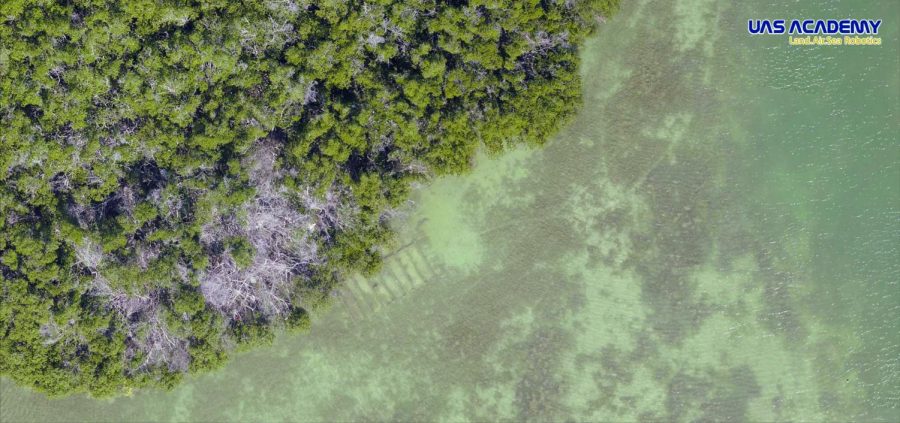4 students help repair Florida Keys coral reef
Four AACC students traveled to Florida over winter break to mend a coral reef that was damaged by storms and climate change.
March 1, 2019
Four AACC students went to Florida over winter break to help repair the country’s only living coral reef.
Hurricane Irma, the superstorm of 2017, was the most powerful Atlantic hurricane in U.S. history. Its eye crossed directly over and damaged the coral reef off of the Florida Keys. The reef also has suffered damage from climate change.
Students Nick Kiraly, Nathaniel Disney, Michael Beachum and Hunter Davis arrived in Florida on Jan. 8 as part of a UAS Academy mission.
UAS Academy is the company that set up a lab in the Careers Center—called LASR@ AACC—where students learn to use drone technology.
Kiraly, a fourth-year business student, said the trip’s goal was to partner with Mote, a coral reef restoration lab in Florida, to assess the damage.
Kiraly said he and his classmates used a student-built remote-control submarine named Bonefish and collected data from the shorelines using aerial photos to compare with post-hurricane images and maps.
The students also learned the lasting effects of the two-year-old debris created during the storm. In one picture taken by a drone, a roof blown off of a house appears to be stopping the growth of plant life around it.
“You had building materials that were once attached to structures ripped from their places and scattered all around,” Kiraly said. “Some pieces of material … when they decompose, sometimes chemicals come out of them.”
While the students’ original goal was to test Bonefish’s ability to place coral, they instead focused on using the drone to monitor the growth and health of the reef.
“The color of the coral is actually due to the bacteria that live in the coral,” Disney, a second-year computer science student, said. “When certain temperatures happen, the reason why the coral goes white is because it’s literally expelling the bacteria and basically killing itself.”
Davis said 55 percent to 85 percent of the world’s oxygen comes from ocean life like coral. “In the past four years or so, we’ve lost a quarter of the world’s coral,” he explained.
The students said they used technology in Florida similar to equipment they worked with on a project to monitor the Chesapeake Bay.
“I think it was a really amazing experience overall,” Kiraly said.












